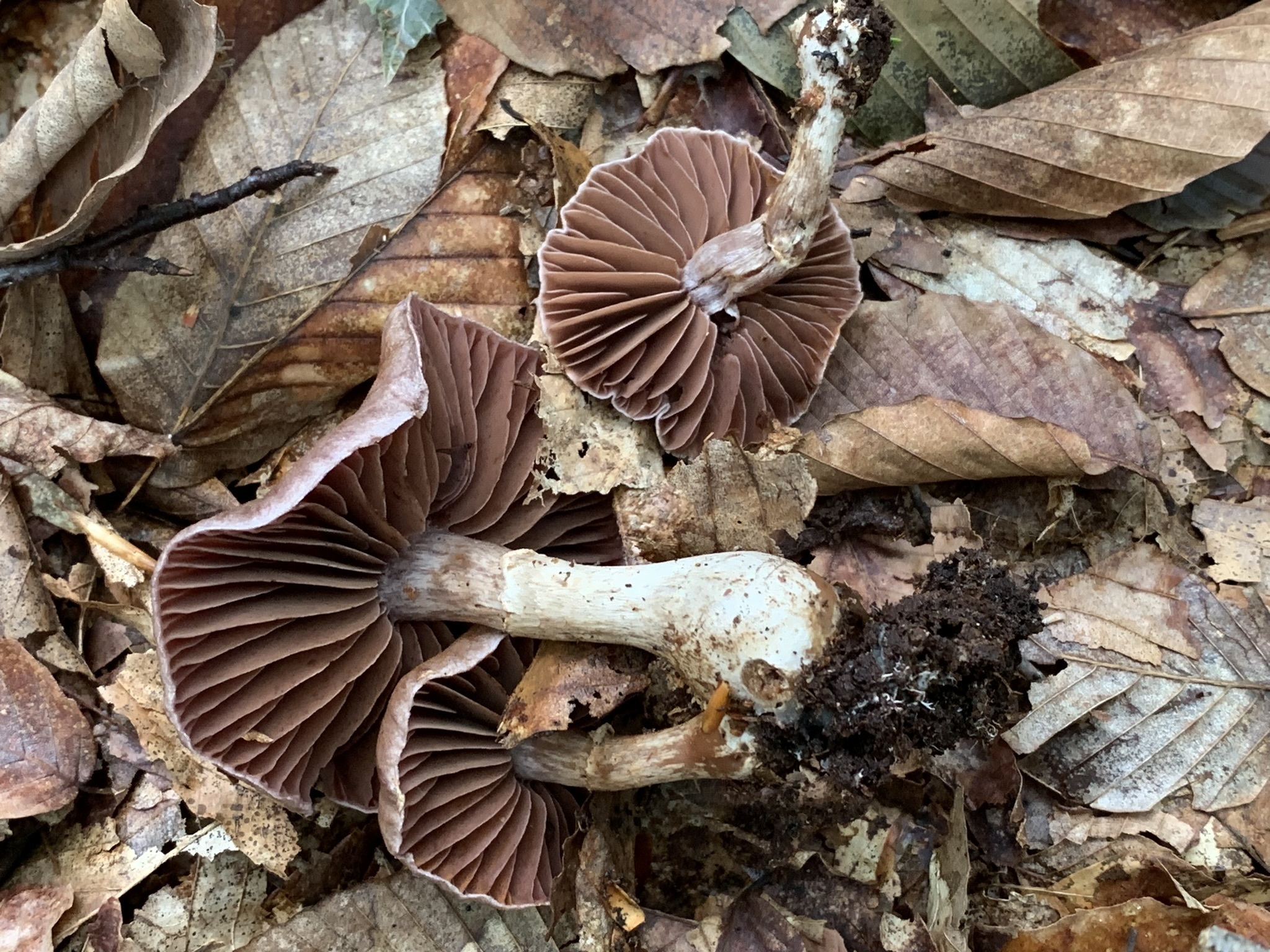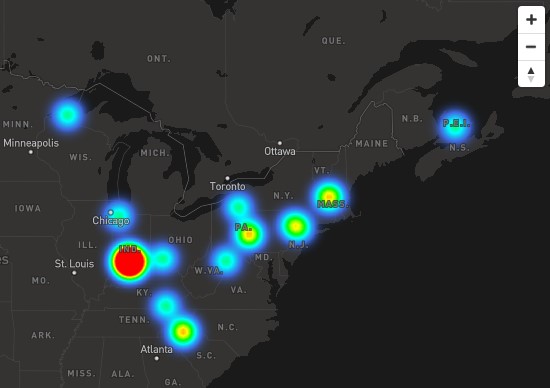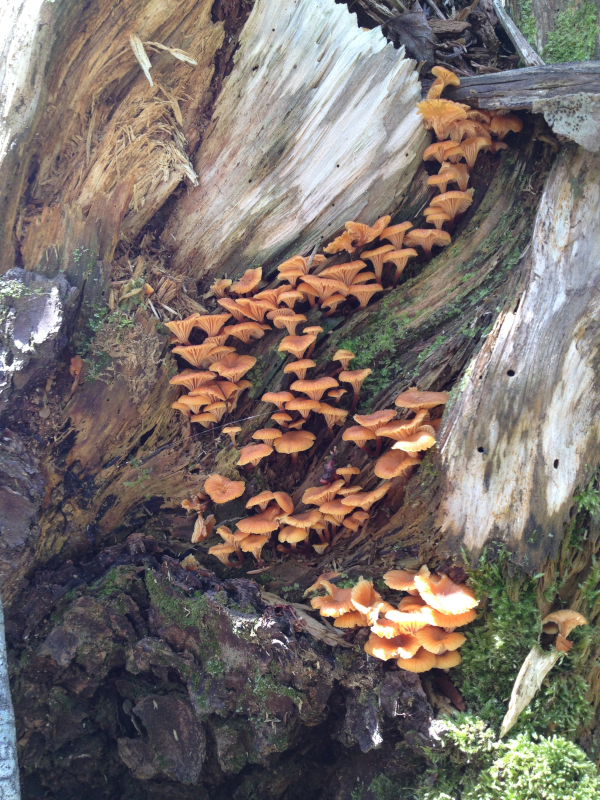2023 in Review
2023 proved to be an exceptionally fruitful year for the Mushroom Atlas, and we owe a tremendous debt of gratitude to all who contributed observations and ventured into the province's lesser-observed regions. Over the past two years, we've seen a significant expansion in our Atlas squares, boasting 20 research-grade species, soaring from just 13 to an impressive 62!
Key achievements of 2023 include:
- A remarkable addition of 5,321 macrofungi observations to iNaturalist.
- Year two of the Coastal Sand Dune Inventory met and surpassed expectations with 81 potential species.
- A total of 495 specimens were provided for DNA sequencing analysis.
- Psathyrella epimyces was observed, a target of the FunDiS Northeast Rare Fungi Challenge, marking the first observation for Atlantic Canada.
Other exciting finds are anticipated to be announced as our DNA sequencing analysis are completed. Among the first notable discoveries is Hydnum subolympicum, an uncommon hedgehog mushroom. While it is more common in the eastern United States, this species is uncommon in Atlantic Canada, with only six known observations to date: Newfoundland & Labrador (2), New Brunswick (2), Nova Scotia (1), and Prince Edward Island (1).











